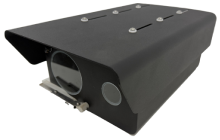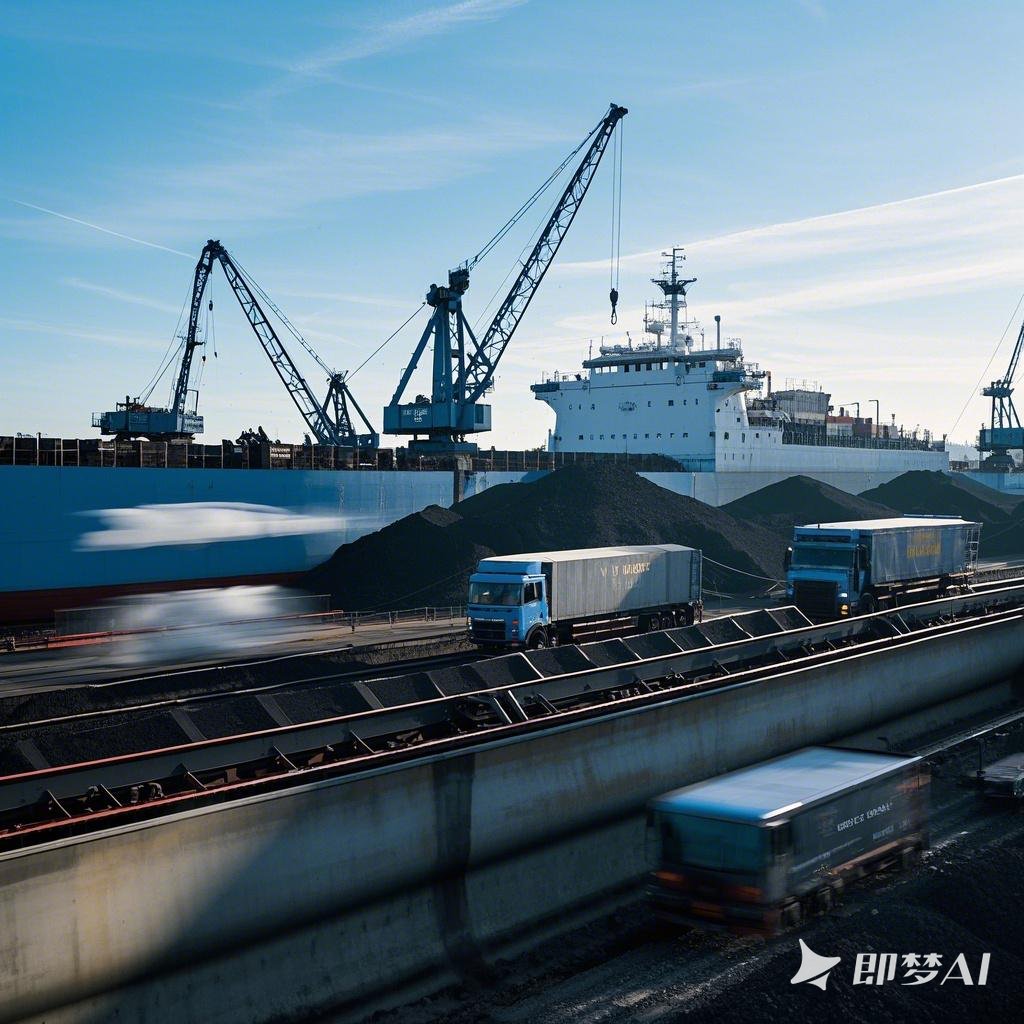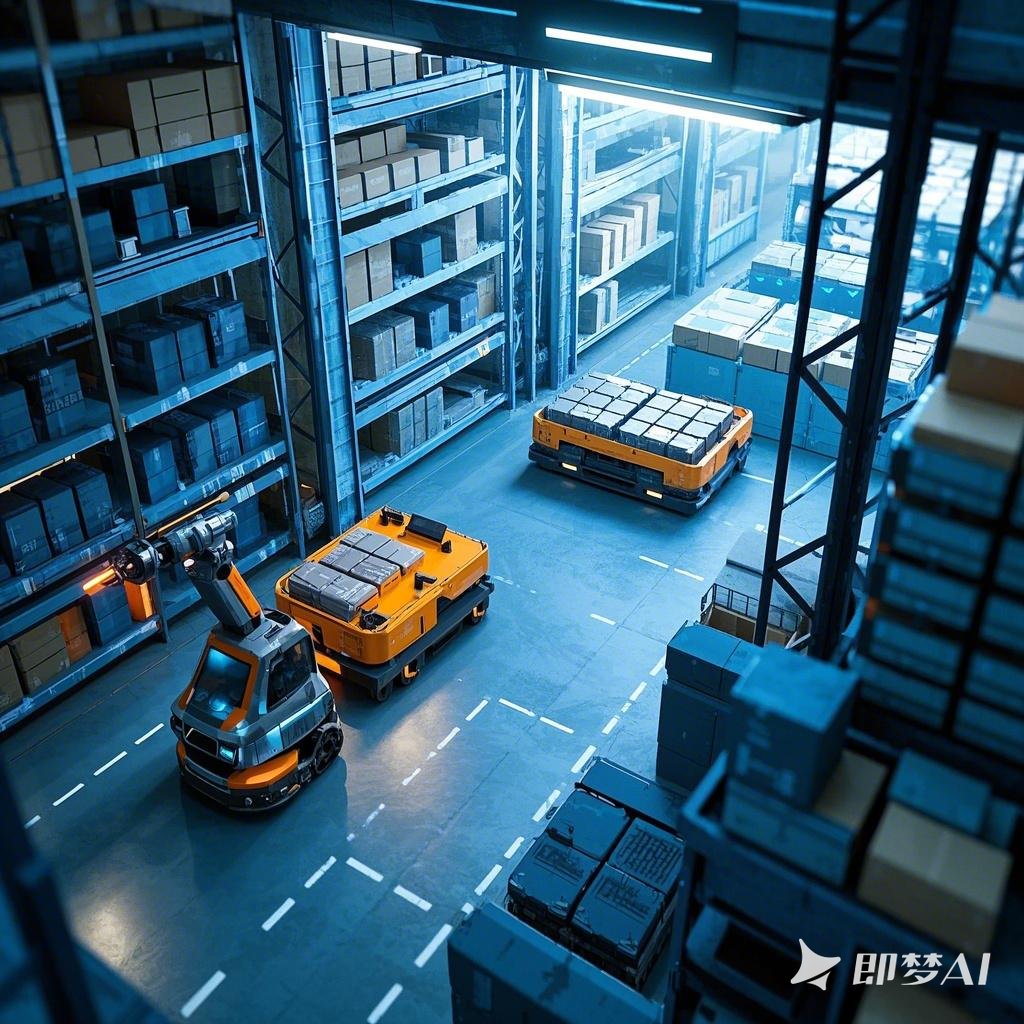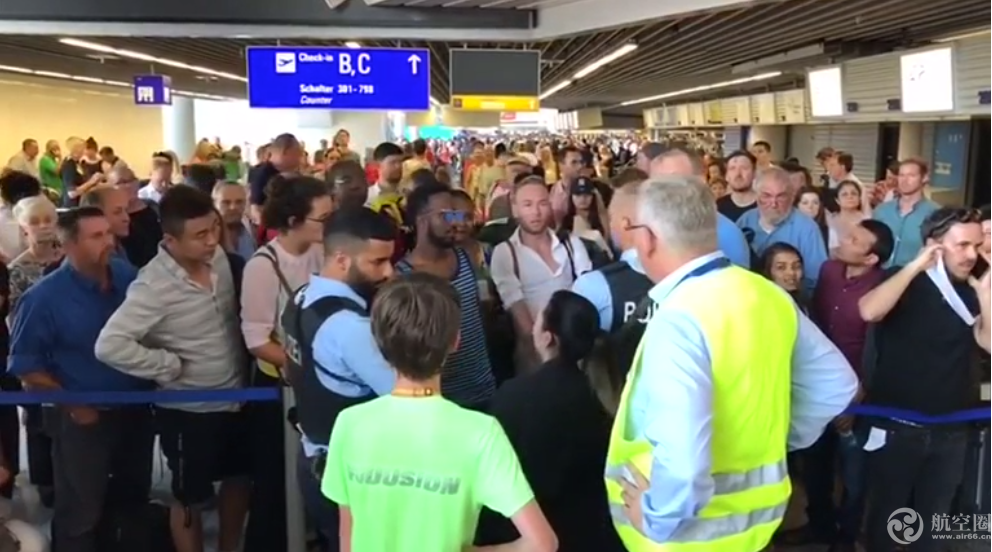Characteristic advantage
High-precision detection: Combining the advantages of radar and vision sensors, it can achieve high-precision detection of multi-dimensional information such as distance, speed, angle, and shape of the target, and can accurately obtain the target position and motion state. For example, in intelligent transportation, the positioning accuracy of vehicles can reach centimeter level.
Strong environmental adaptability: Radar is not affected by factors such as light, weather, etc., and can operate normally in harsh conditions such as darkness, rain, and fog. The vision sensor can provide rich image details in a good environment, and the combination of the two makes the Leivision all-in-one machine work stably in various environments to ensure detection performance.
Multi-target recognition and tracking: It has powerful multi-target processing capabilities, allowing it to identify, classify, and track multiple targets simultaneously. It can clearly distinguish between different targets such as vehicles, pedestrians, and non-motorized vehicles, and monitor their trajectories in real time. It has obvious advantages in complex traffic scenes or security scenarios.
Efficient data fusion: Through advanced data fusion algorithms, radar and visual data are deeply integrated to process and analyze data quickly and accurately, generating more comprehensive and accurate target information, reducing data redundancy and misjudgments, and improving decision-making efficiency.
Cost-effective: By integrating two sensors into one, compared to deploying radar and vision equipment separately, it reduces hardware costs, installation space, and maintenance workload, providing higher cost-effectiveness and saving users a lot of resources.
Multi-functional integration: It can simultaneously realize multiple functions such as traffic flow monitoring, illegal capture, and security monitoring, providing comprehensive solutions for intelligent transportation, security, and other fields to meet the diverse needs of different application scenarios.






